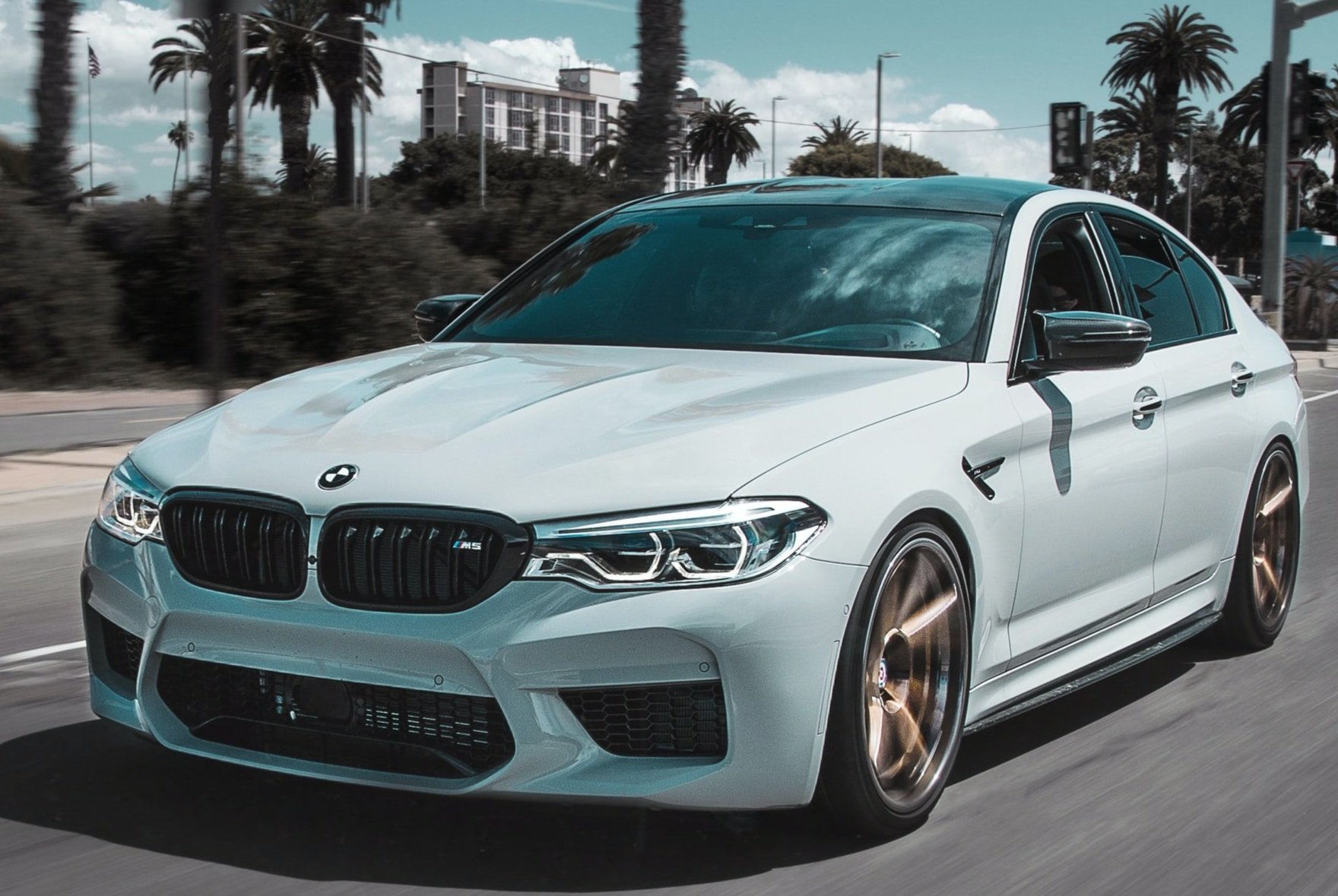
Fast & Free Insurance Quotes
We compare rates from tons of the top insurance carriers in the industry to find you the best prices!

Start saving today!

Here are some factors that may affect your insurance premiums.
-
Car Type
The type of car you drive affects your premiums. More specifically, insurance companies look at the likelihood of theft, cost of repairs, engine size, safety records, and the potential damage your car can impose on another vehicle.
Buying a new car will generally increase your insurance premiums. However, if your new car carries safety features and upgrades (anti-theft systems, anti-lock brakes, etc.), you may be able to qualify for lower premiums.
-
Age
The average car insurance rate for teen drivers is roughly $6,800 each year (when they are on their own policy—not under their parents’). The reason for this high rate (compared to the national average rate of $1,674), is due to teens’ inexperience and tendency to engage in distracted and reckless driving .
The high insurance rates young drivers tend to pay begin to decrease at the age of 25. You typically receive the best rates in your 40s to 60s. As you reach your 70s, insurance rates begin to rise again.
-
Credit Rating
Credit rating can affect your premiums as much as a past ticket or accident. A decreased credit score can increase your premium on average by $1,351.
-
Location
People in urban locations can be susceptible to higher insurance rates than rural areas.
States with a history of severe weather are more likely to have higher car insurance rates than states with milder climates.
-
Gender
Female drivers tend to pay less for car insurance than male drivers. This might be due to data that suggests: Men are more likely to engage in riskier driving behaviors like speeding, driving under the influence, and not wearing seatbelts. Men on average drive more miles than women.
-
Marital Status
Married drivers have fewer accidents and therefore, get the married discount due to lower risk.
Married couples spend on average $1,381 each year on car insurance. The average single driver spends $1,484 a year for car insurance or $742 for a standard 6-month policy.

What are 4 major components of car insurance?
Bodily injury coverage: If you are involved in a serious accident in which you are at fault, you may be liable for a large sum of money. Bodily injury covers injuries sustained by the other driver involved in the accident.
Property damage liability: This covers the damage to the other driver’s car or property. It also covers any damage to buildings and structures that your car hits.
Collision coverage: Collision coverage pays for your car damage resulting from an accident. Accidents can involve a collision with another car or object (potholes, trees, etc.) or a rollover accident.
Comprehensive coverage: This coverage reimburses you for loss due to theft or damage caused by something other than a collision with another car or object. Fires, falling objects, earthquakes, and riots are some of the covered events.

